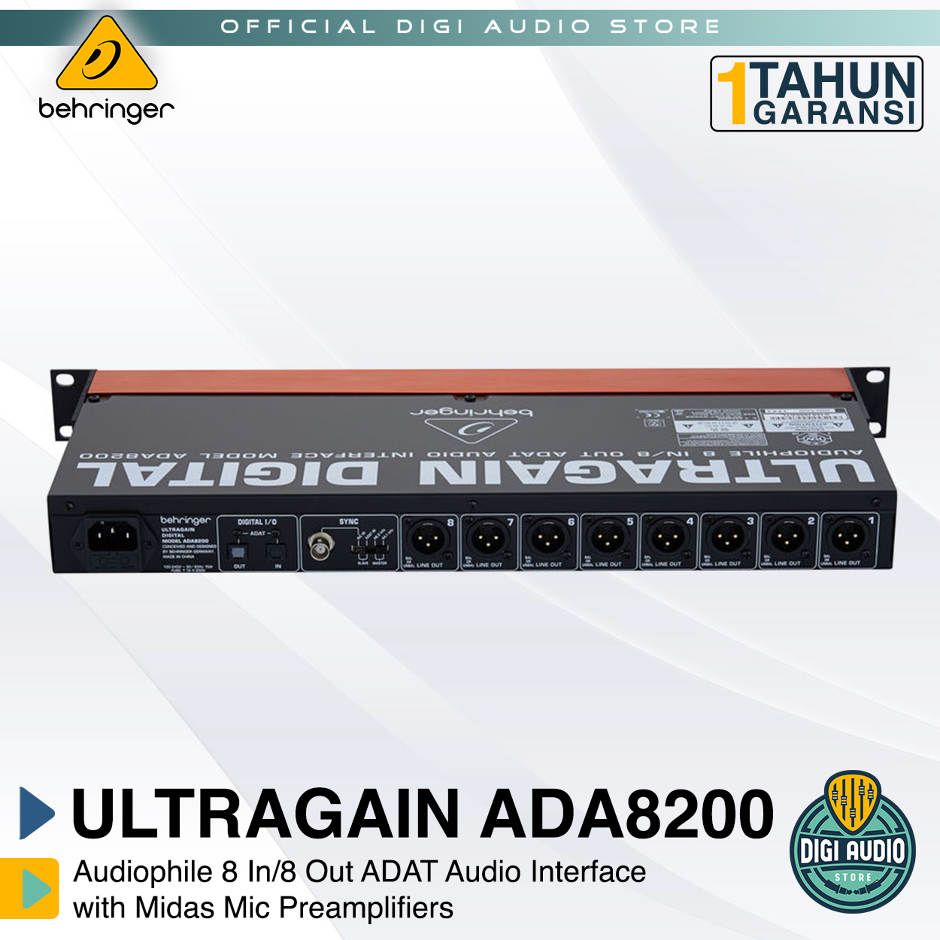

No tablet I have ever seen has included a CD drive. Most laptop and desktop computers no longer include CD drives. I say that the audio CD has lost its importance because: The nucleus of the issueįor historical reasons which no longer make sense today, ACX, Apple (GarageBand team), Audible, Bossjock, IK Multimedia (software) Spreaker and Wooji Juice have been tightly holding onto the ancient audio CD (compact disk) audio sampling frequency (44.1 kHz), which has fallen in importance. 
Whether expressed in the thousands of Hertz (Hz) or as kHz, recognition is given to Heinrich Rudolf Hertz (1857–1894), the German physicist and the first person to provide conclusive proof of the existence of electromagnetic waves.

Public domain photo credit information here With 96 kHz production, 96,000 samples are made per second. With 48 kHz production, 48,000 samples are made per second.
96 kHz is not very common for final delivery, except for some of the new “HD audio” services as indicated above, and is sometimes used in high-end production, since it is very seamlessly down-converted to 48 kHz.īut what do those numbers actually mean? They mean that with 44.1 kHz production, 44,100 samples are taken per second. 48 kHz is also the sampling frequency recommended by Apple for all audio in all multimedia iBooks, as I covered in the recent article The making of a cross-platform audio/video multimedia ebook. 48 kHz is also used for final audio distribution of some titles on “HD Audio” services like Acoustic Sounds and The Classical Shop. 48 kHz is the standard for audio for today’s digital video production and delivery, and is also the internal production standard for many audio production companies. 44.1 kHz is the delivery standard for the aging audio compact disk CD from the 1980s, and -as of the publication date of this article- is sadly still the only standard sampling rate broadcasted by ACX audiobooks and by Spreaker… and the only output currently available from Bossjock, Garageband and Ferrite/Wooji Juice (details ahead in the section of this article called Current specific limitations in ACX, Apple/GarageBand, Audible, Bossjock, Spreaker, and Wooji Juice/Ferrite). Here are some common audio sampling frequencies, their use, and their definition: Quick review about audio sampling frequencies For the ProVideo Coalition magazine readers who welcomely eavesdropped on this open letter. 
Current specific limitations in ACX, Apple (GarageBand), Audible, Bossjock, IK Multimedia, Spreaker and Wooji Juice/Ferrite.Standard video versus non-standard video.Proof that 48 kHz audio podcasts indeed work.Other benefits of 48 kHz audio production, beyond the co-mingling of the audio and video worlds.Examples when the audio world and the video world can complement themselves.Quick review about audio sampling frequencies.I’m talking about 48 kHz for the audio-only world. I am about to suggest something quite simple -that you have in your hands to fix with a minimum amount of effort- that will allow your audio world to get in sync with the video world seamlessly, in perfect harmony, while preserving your sovereignty as a standalone audio medium.
#Activepresenter 48khz audio software#
Hello to our friends at the software development teams at ACX, Apple (GarageBand team), Audible, Bossjock, Spreaker and Wooji Juice.








 0 kommentar(er)
0 kommentar(er)
